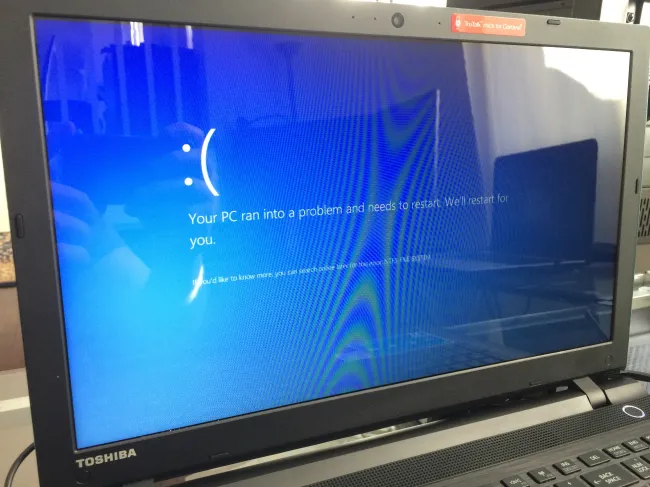How The Two Most Popular Laptops On Amazon Run With Ubuntu Linux
As I've already delivered a range of performance benchmarks from these two laptops within the recent 7-Way Linux Laptop Comparison From Sandy Bridge To Broadwell, you'll know they both can work under Linux, but there's a few notes.
- When keeping the Windows 10 installation around on both laptops and using the automatic partitioning of Ubuntu 15.10, the process went fine on the ASUS laptop. With the Toshiba laptop, at first it didn't even see the Windows partitions from the Ubuntu Ubiquity installer. After a reboot back to the Live USB, it went ahead and saw the Windows configuration. However, after completing the Ubuntu 15.10 installation, the Windows 10 installation was no longer bootable. After trying to boot into the Windows 10 partition a second time, Toshiba's software utility auto-started and after quite some time managed to repair the Windows 10 installation that allowed Ubuntu and Windows to happily co-exist on this Intel laptop.
- The Toshiba laptop has a Broadcom BCM43142 chipset for WiFi, which at first didn't want to play nicely out-of-the-box on Ubuntu 15.10. However, in the end I was able to get the wireless working with the wl driver after installation.
Aside from those notes, these two Broadwell laptops had run with Ubuntu 15.10 fine. As they're based around Broadwell designs, as long as you're using a modern (2015 released) Linux distribution you should be able to have a similar, working experience. Of course, as Intel continues refining their open-source support, the newer Mesa and kernel code the better the experience generally speaking -- with more features and potentially greater performance.


